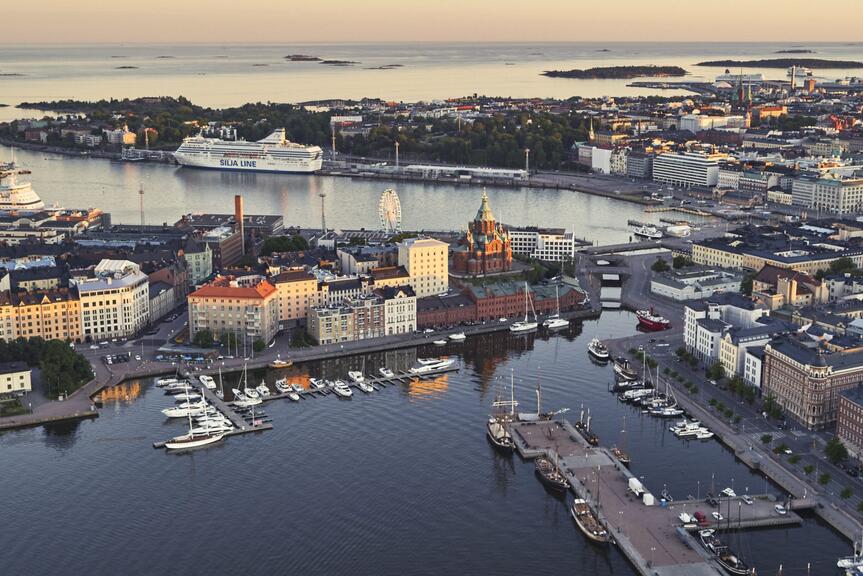The City's publications
The City's publicationsHere you can find links to publications produced by the city.
Find upcoming events at the Events.hel.fi website.
Find municipal decisions in the Decision-making section.
Here you can find links to publications produced by the city.
Negotiations between the groups in the City Board on Helsinki’s budget for 2025 are about to begin.

The Urban Research and Statistics Unit conducts extensive urban research, maintains official statistical and registered data, and produces statistical publications and information services.
Recent publications in English(Link leads to external service)
Enabling cookies that collect statistics will allow you to share your input.